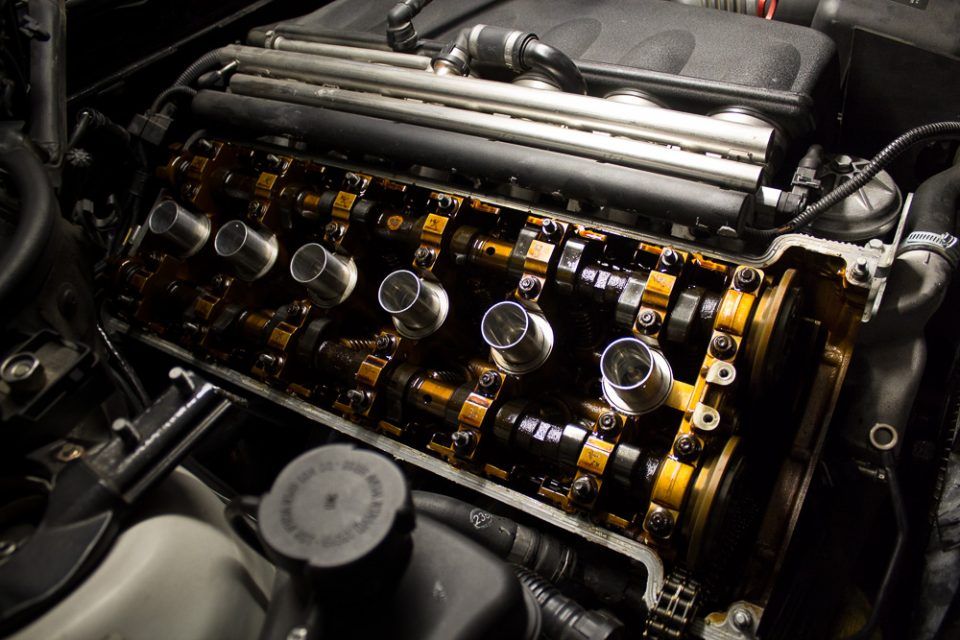Essential Fluid Checks and Maintenance
Engine oil is the lifeblood of your vehicle, requiring regular checks and changes according to your manufacturer's specifications. Modern synthetic oils typically last between 7,500 to 10,000 miles, but severe driving conditions may necessitate more frequent changes.
Coolant levels should be checked monthly, ensuring proper concentration to prevent both freezing and overheating. A 50/50 mix of antifreeze and distilled water is typically recommended for most vehicles.
Brake fluid, power steering fluid, and transmission fluid should be inspected regularly for both level and condition. Dark or contaminated fluids indicate the need for replacement.
Tire Care and Rotation
Proper tire pressure is crucial for safety, fuel efficiency, and even tire wear. Check pressures monthly and before long trips, always when tires are cold. Don't forget to check the spare tire as well.
Regular tire rotation every 5,000 to 8,000 miles ensures even wear and extends tire life. Different vehicles may require specific rotation patterns - consult your owner's manual for details.
Inspect tires regularly for wear patterns, damage, and remaining tread depth. The penny test is a simple way to check tread depth - if you can see Lincoln's head, it's time for new tires.
Brake System Maintenance
Brake pads typically last between 30,000 to 70,000 miles, depending on driving conditions and habits. Regular inspection can help predict when replacement will be needed.
Brake rotors should be inspected for warping, scoring, or uneven wear whenever brake pads are replaced. Resurfacing or replacement may be necessary to maintain optimal braking performance.
Brake lines and hoses should be checked for leaks, cracks, or deterioration during routine maintenance. Any soft or spongy feel in the brake pedal warrants immediate investigation.
Battery and Electrical System
Modern batteries typically last 3-5 years, but extreme temperatures can significantly reduce their lifespan. Regular voltage testing can help predict battery failure before it leaves you stranded.
Keep battery terminals clean and tight, removing any corrosion with a baking soda solution. A light coating of dielectric grease can help prevent future corrosion.
Check all exterior lights monthly, including brake lights, turn signals, and emergency flashers. Replace bulbs in pairs to maintain even illumination.
Air Filtration Systems
The engine air filter should be inspected every 15,000 to 30,000 miles, or more frequently in dusty conditions. A clean air filter improves engine efficiency and performance.
Cabin air filters, often overlooked, should be replaced every 15,000 to 25,000 miles. These filters help maintain air quality inside your vehicle and protect the HVAC system.
Visual inspection of air filters can indicate replacement needs - if you can't see light through the filter when holding it up, it's time for a new one.
Belt and Hose Inspection
Drive belts should be checked regularly for cracks, fraying, or glazing. Modern serpentine belts typically last 60,000 to 100,000 miles, but visual inspection remains important.
Coolant hoses should be checked for softness, hardening, cracks, or bulges. Squeeze testing near the clamps can reveal potential failure points.
Timing belts, if equipped, require replacement at specified intervals - typically between 60,000 and 90,000 miles. This is crucial as failure can cause catastrophic engine damage.
Suspension and Steering
Listen for unusual noises when driving over bumps or making turns. Clunking or knocking sounds often indicate worn suspension components.
Check shock absorbers and struts for leaks or physical damage. A bouncing test can help identify worn shocks - the vehicle should stabilize quickly after being pushed down at each corner.
Power steering fluid should be checked regularly, and any unusual noises during steering should be investigated promptly.
Seasonal Maintenance Tips
Winter preparation should include checking antifreeze concentration, battery condition, and tire tread depth. Installing winter tires in snow-prone areas provides additional safety.
Summer maintenance focuses on cooling system efficiency, air conditioning performance, and undercar inspection for winter-related corrosion.
Spring and fall are ideal times for comprehensive inspections and fluid changes, preparing your vehicle for the extreme temperatures ahead.
